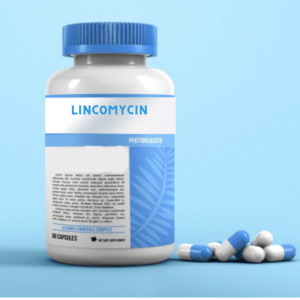Description
Moxifloxacin: Uses, Doses, and Side Effect
Moxifloxacin is a powerful antibiotic that can be used to treat any bacterial infection. This drug belongs to the class quinolones, and it works by stopping bacteria from growing or multiplying for as long as they are in your body. Moxiproflaxcin will not work against viruses such as the common cold or flu but only when you have an active bacterial infection going on – if there’s no sign of life then this medicine won’t do anything! But don’t worry because using antibiotics without really needing them has been shown time after time to make these medicines less effective at fighting future infections.
How Patients use Moxifloxacin:
Moxifloxacin is a type of antibiotic that can be taken to kill the bacteria in your system. These meds come with instructions, so read them carefully and follow any orders given by your doctor or pharmacist if you have questions about what to do. To take this drug, it should either be swallowed as directed (with food) or without food on an empty stomach unless instructed otherwise by doctors because they will know best when those who are taking these drugs need water more than anything else during treatment. Many people already take multiple medications in their lifetime, and it can be tough to remember which ones are safe. Luckily, the medication you’re taking now has specific guidelines that will help keep you healthy! You should avoid other products with those same ingredients (like sucralfate) because they may decrease their effectiveness. Talk to your pharmacist about any questions or concerns before adding anything else on top of this regimen.
Nausea, diarrhea, dizziness, or lightheadedness may occur. If these effects persist or worsen tell your doctor immediately to be evaluated for a possible side effect of this medication such as blood sugar fluctuations and dehydration due to vomiting which could lead to serious health complications if left untreated. Many people who are using the drug do not experience any adverse events from it but they should still seek medical attention if something unusual is going on with them so that their condition can be monitored by an expert in order to keep themselves safe when taking Avandamet (Metformin).
Nausea, diarrhea, dizziness, or lightheadedness may happen while you take Avandia metformin; speak up right away about what’s happening because sometimes nausea.
If you’ve been prescribed this medication, always keep an eye out for any unusual bruising or bleeding. If your doctor prescribes it to you and they’re not present when the side effects occur (you should never stop taking a prescription without consulting them), then be sure to call their office right away. You may also want to look into getting some over-the-counter pain relief products if these symptoms persist in order for your body’s natural healing process can take place more quickly.
Precautions:
Before using this medication, tell your doctor or pharmacist of any past reactions to other quinolone antibiotics (such as ciprofloxacin, levofloxacin), diabetes, and heart problems such as a recent heart attack. This antibiotic may also cause side effects in certain people with liver disease and tendon/joint-related conditions that can be serious so it is important you talk to a pharmacist before taking this medicine if these apply. Mentioning them beforehand might save both times for the pharmacy staff assisting you, but more importantly, could mean preventing some potentially nasty incidents from occurring through inadvertent use – something no one wants on their conscience.
Dosage Forms & Strengths
injectable solution
- 400mg/250mL
tablet
- 400mg









Reviews
There are no reviews yet.